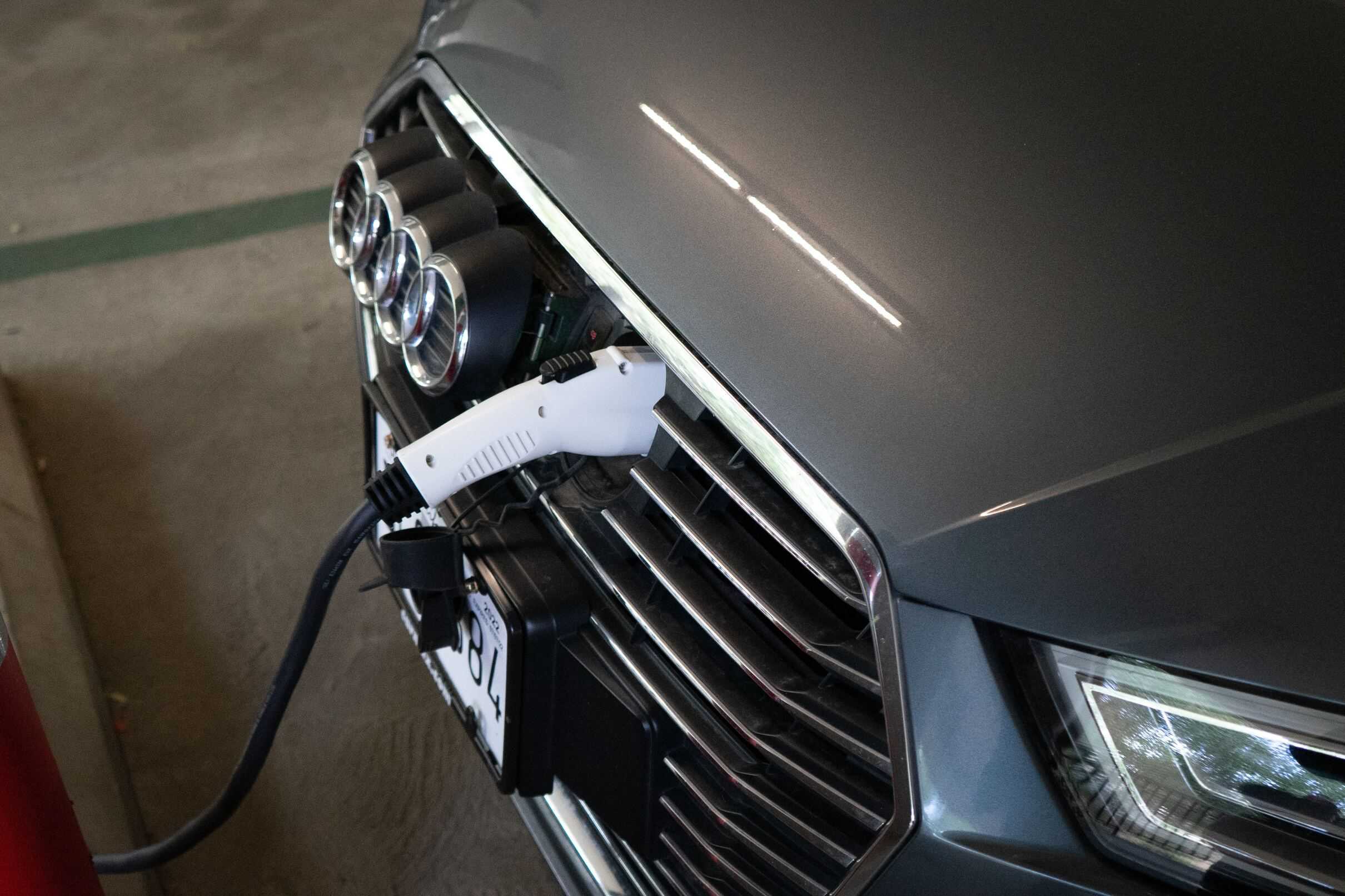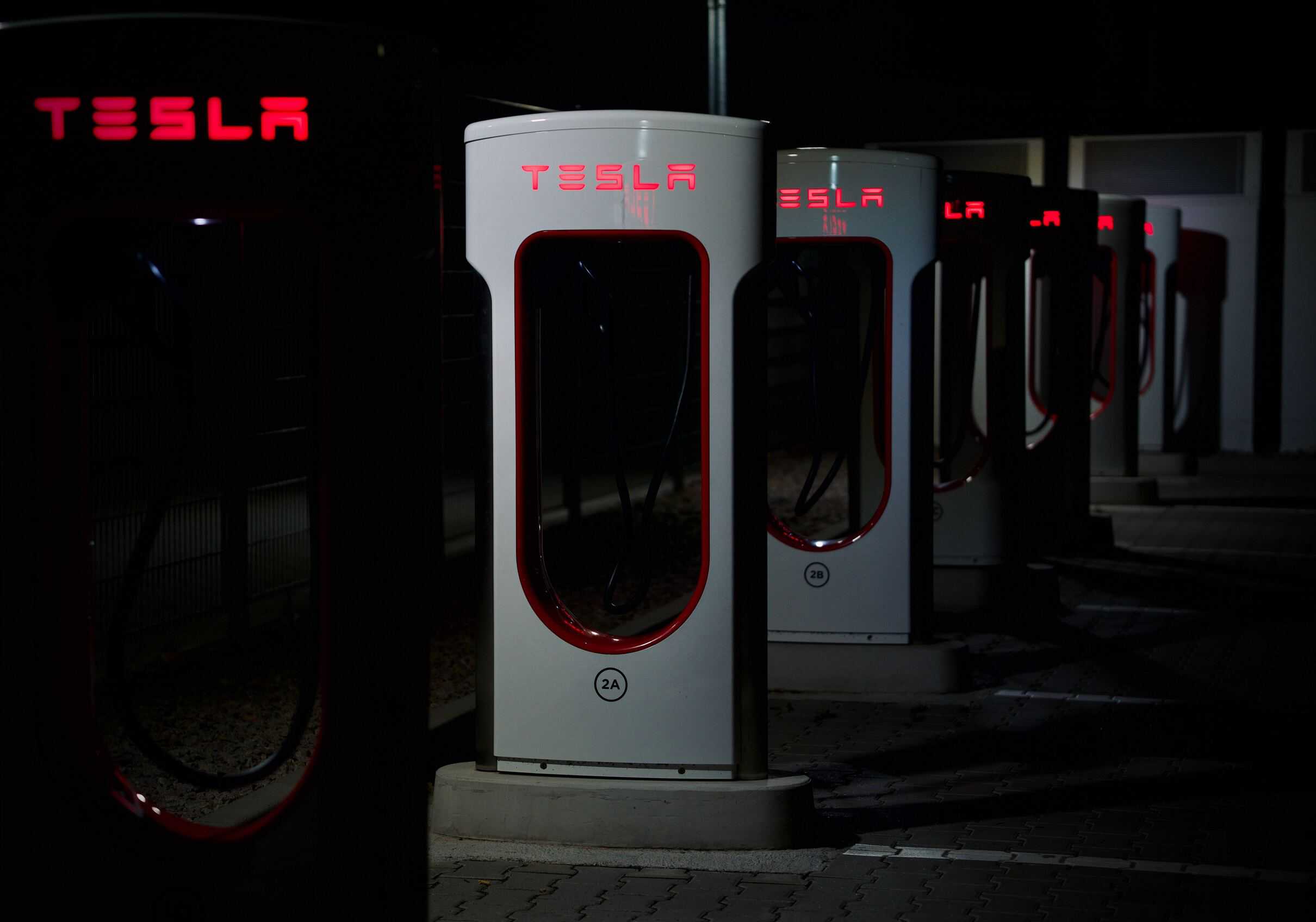Introduction
In a monumental move towards a greener future, government authorities have officially announced a ground-breaking Zero Emission Vehicle (ZEV) mandate, which will require car manufacturers to ensure that electric vehicles (EVs) account for a staggering 22% of their total sales by the year 2024. This ambitious mandate marks a significant step in the global effort to combat climate change, reduce air pollution, and transition towards sustainable transportation.
The ZEV mandate has been a long-anticipated policy measure that underscores the growing importance of electric vehicles in the automotive industry. As the world grapples with the challenges of environmental degradation and climate change, governments are taking bold steps to promote clean and sustainable transportation solutions. The 22% EV sales target set for 2024 sends a clear message to automakers: it’s time to accelerate the transition to electric mobility.

The Road to Electrification
The road to electrification has been a winding one, marked by technological advancements, consumer preferences, and government regulations. Used Electric cars have emerged as the frontrunners in the race to reduce carbon emissions and mitigate the impact of traditional gasoline-powered cars on the environment. The ZEV mandate is a critical milestone in the journey towards a more sustainable transportation ecosystem.
Electric vehicles have come a long way in recent years, shedding their initial reputation as niche, expensive options. Today, they offer a compelling alternative to traditional vehicles, with benefits such as lower operating costs, reduced greenhouse gas emissions, and quieter, smoother rides. Moreover, advancements in battery technology have extended the range of EVs, making them a practical choice for a wider range of consumers.
The Mandate’s Impact on Automakers
The ZEV mandate will undoubtedly have a profound impact on automakers around the world. Manufacturers will be required to significantly ramp up their production and sales of electric vehicles to meet the 22% target by 2024. This means retooling factories, investing in research and development, and adapting their business models to align with the growing demand for EVs.
Car manufacturers that have been slow to embrace electric mobility will face considerable challenges in catching up. Traditional giants of the automotive industry must now pivot towards electrification or risk falling behind in a rapidly evolving market. This mandate is expected to accelerate the development and deployment of electric vehicles, resulting in more choices for consumers and a wider range of price points.
The Transition to Electric

The ZEV mandate aligns with broader efforts to reduce greenhouse gas emissions and transition away from fossil fuels. Electric vehicles produce zero tailpipe emissions, making them a vital component of any strategy aimed at combatting climate change. With transportation being a major contributor to carbon emissions, the transition to electric mobility is a critical step towards a more sustainable future.
Moreover, electric vehicles offer economic benefits that extend beyond environmental concerns. Over the long term, EVs can be more cost-effective to operate than traditional gasoline-powered cars. They require less maintenance, benefit from lower fuelling costs, and are often eligible for incentives and subsidies. As the infrastructure for EV charging continues to expand, the convenience of electric mobility is becoming increasingly evident.
The Role of Infrastructure
One of the key factors in achieving the ZEV mandate’s goals is the development of robust charging infrastructure. Electric vehicles rely on an extensive network of charging stations, which must be readily accessible and conveniently located. Governments and private entities must collaborate to invest in charging infrastructure to support the growing fleet of electric vehicles on the road.
Investments in charging infrastructure not only facilitate the adoption of EVs but also create jobs and stimulate economic growth. Charging stations should be strategically placed in urban areas, along highways, and in residential neighbourhoods to ensure that EV owners have access to reliable charging options. Additionally, innovations in fast-charging technology will help reduce charging times and enhance the overall convenience of electric mobility.
Consumer Adoption and Education
While the ZEV mandate is a significant step forward, the success of electric vehicle adoption also relies on consumer education and awareness. Many consumers still have questions about EVs, including concerns about range, charging, and affordability. Automakers and government agencies must work together to provide accurate information and dispel myths surrounding electric vehicles.
Incentives and subsidies can play a crucial role in encouraging consumers to make the switch to electric. Financial incentives, tax credits, and rebates can make EVs more affordable for a broader range of consumers. Governments should continue to explore and expand such programs to accelerate the transition to electric mobility.
The Global Impact

The ZEV mandate in one region can have a ripple effect across the globe. As governments worldwide implement similar policies, car manufacturers will face increased pressure to prioritize electric vehicle development and sales. This global push towards electrification will drive innovation in battery technology, vehicle design, and sustainable manufacturing practices.
Furthermore, the growth of the electric vehicle market will stimulate investments in renewable energy sources to power these vehicles. Clean energy generation and storage technologies will become increasingly important as the world reduces its reliance on fossil fuels. This transition has the potential to create new jobs and industries focused on renewable energy and sustainable transportation.
Conclusion
The official announcement of the ZEV mandate, requiring car manufacturers to sell 22% electric vehicles by 2024, is a watershed moment in the transition towards sustainable transportation. It represents a bold commitment to reducing greenhouse gas emissions, combatting climate change, and improving air quality. While the mandate presents challenges for automakers, it also opens up new opportunities for innovation and growth in the electric vehicle market.
As governments, automakers, and consumers embrace electric mobility, the world is moving closer to a future where cleaner, more sustainable transportation is the norm. The success of the ZEV mandate will depend on continued investment in charging infrastructure, consumer education, and policy support. Ultimately, this mandate sets the stage for a greener, more environmentally friendly automotive industry and paves the way for a brighter, more sustainable future for generations to come. Choose My Car brings the latest news about all types of Automotive subjects to the readers attention!





